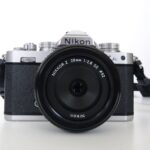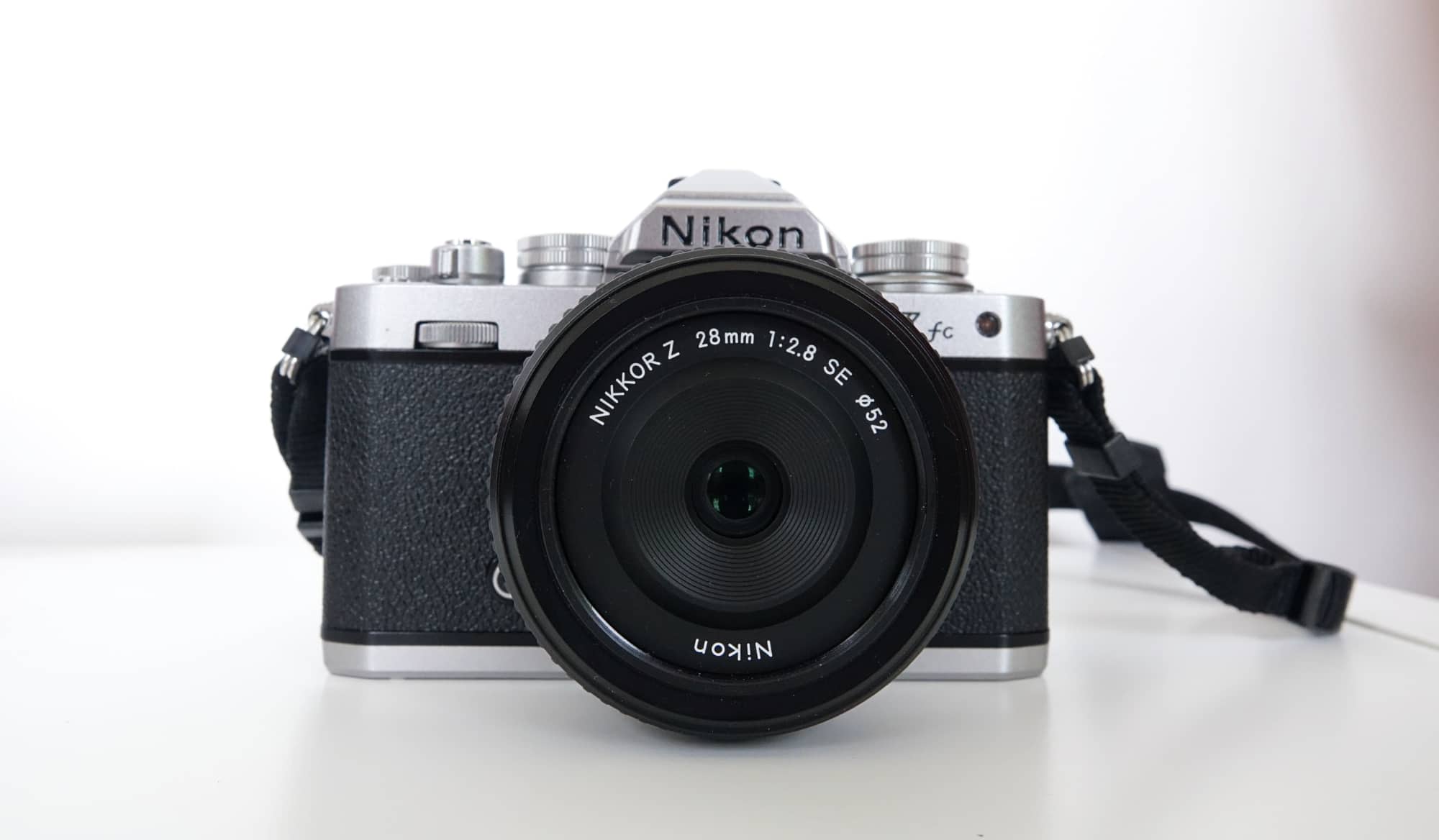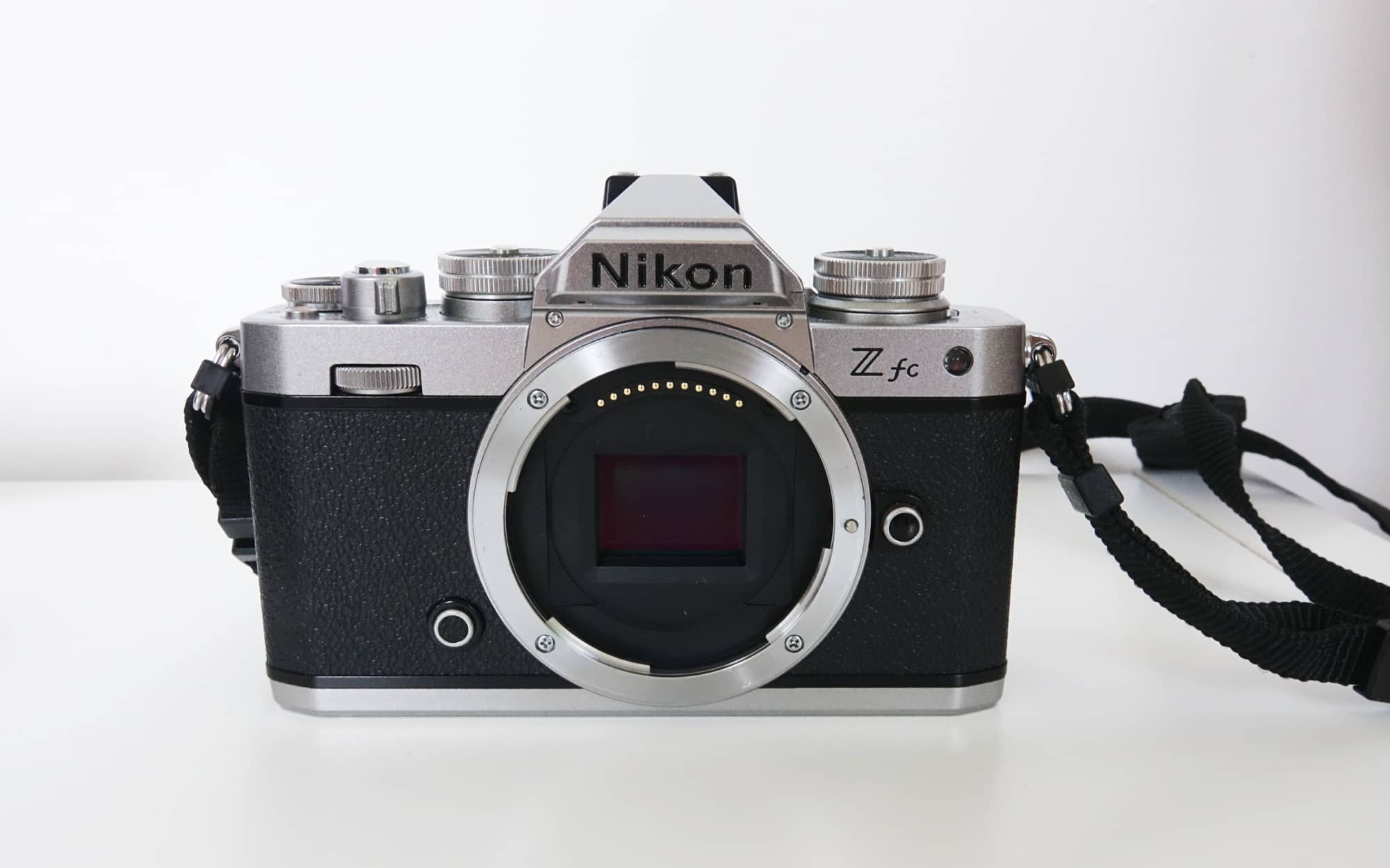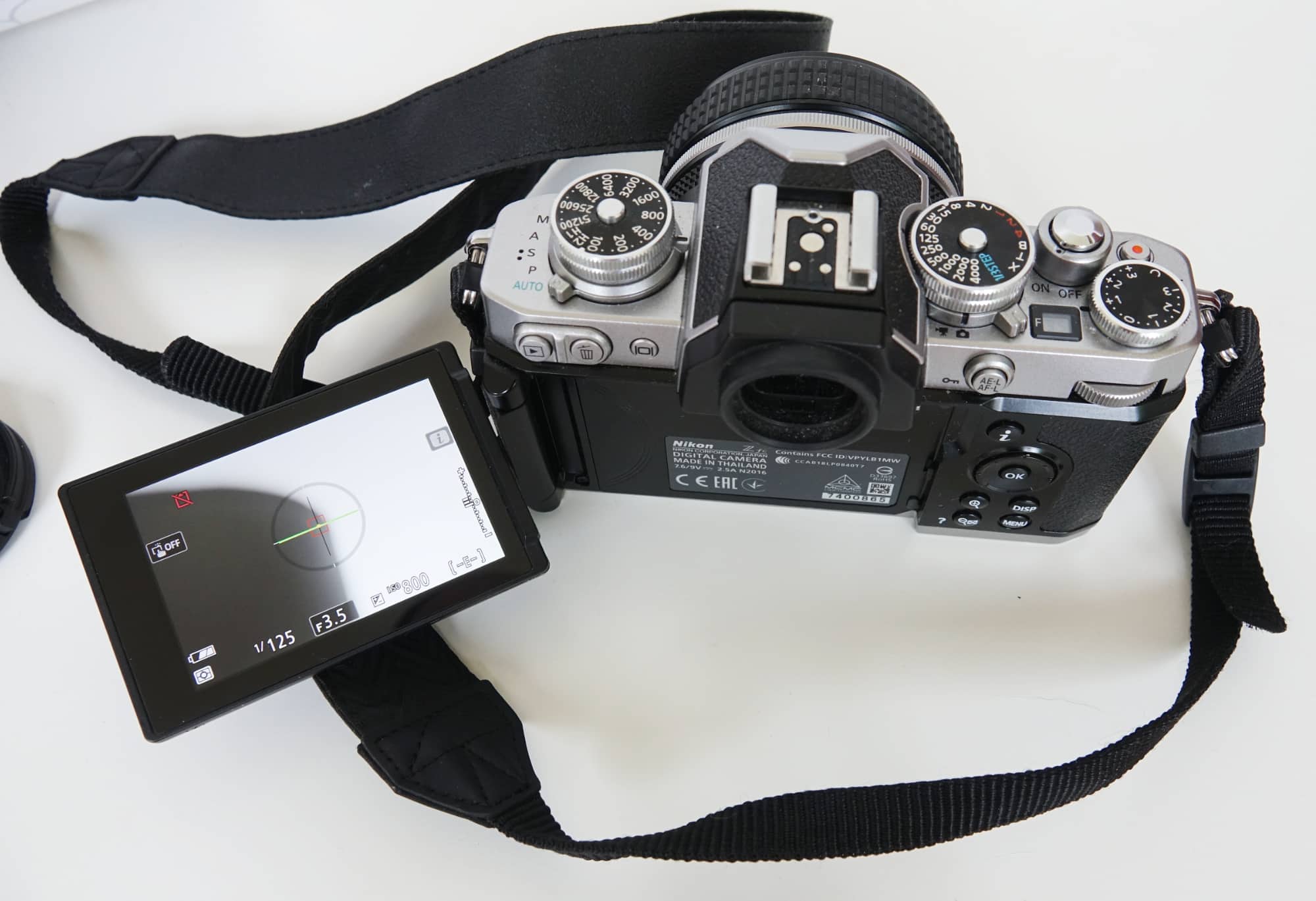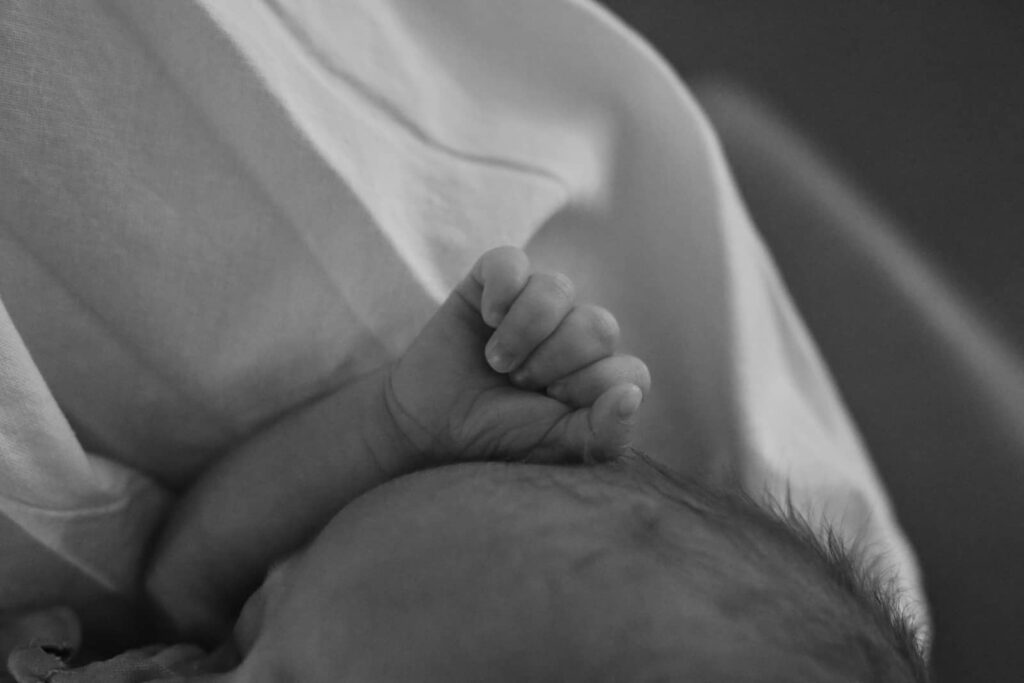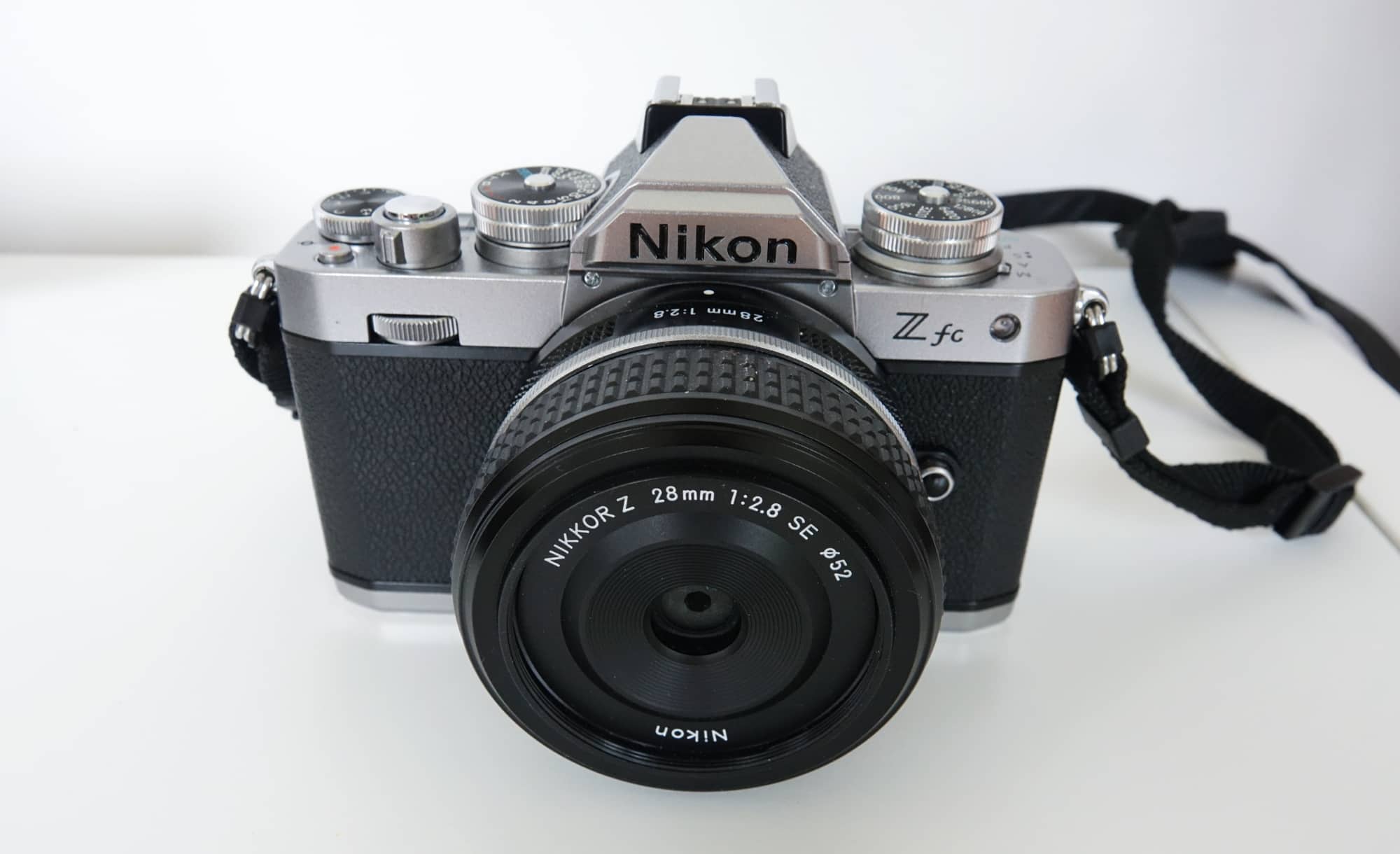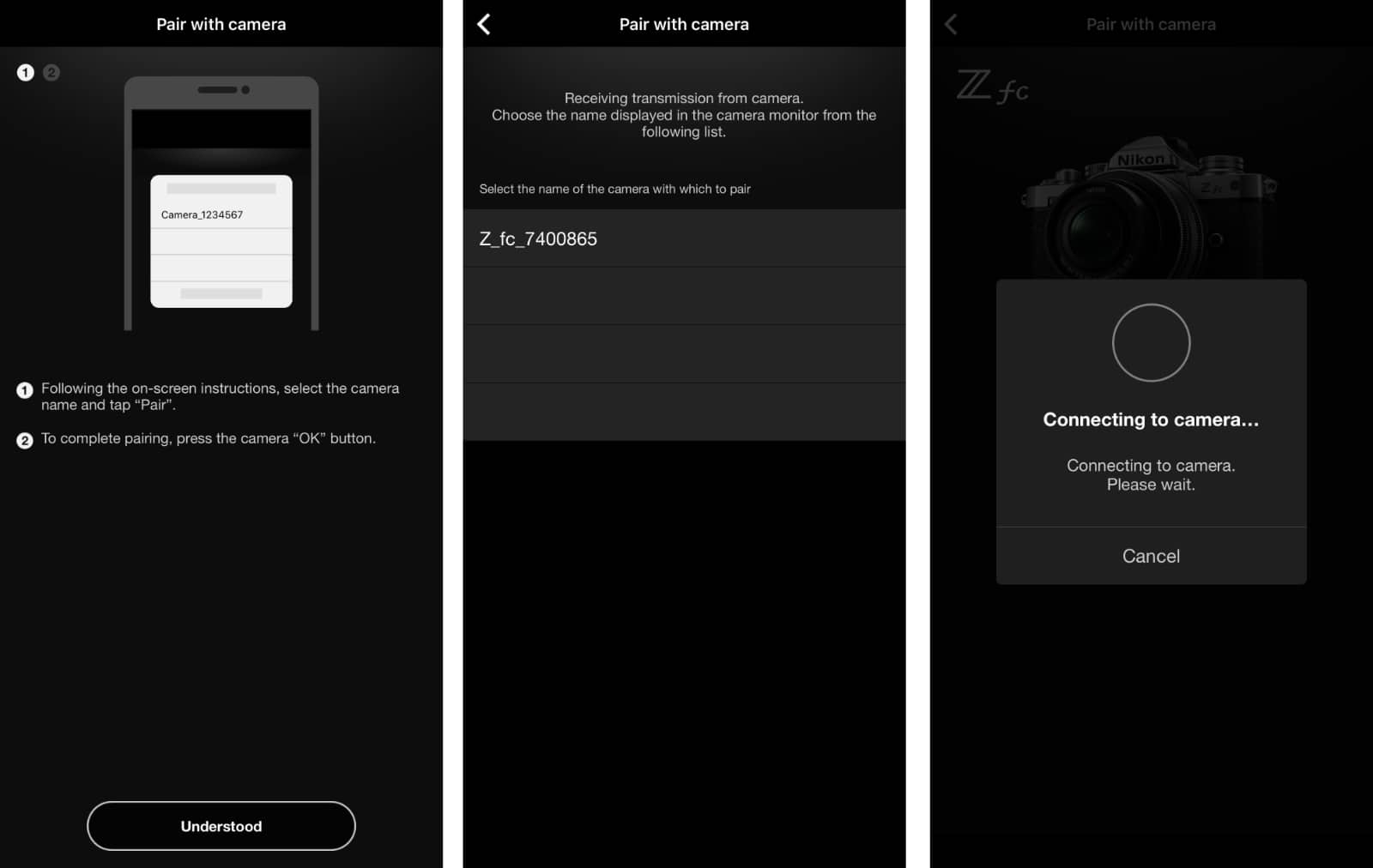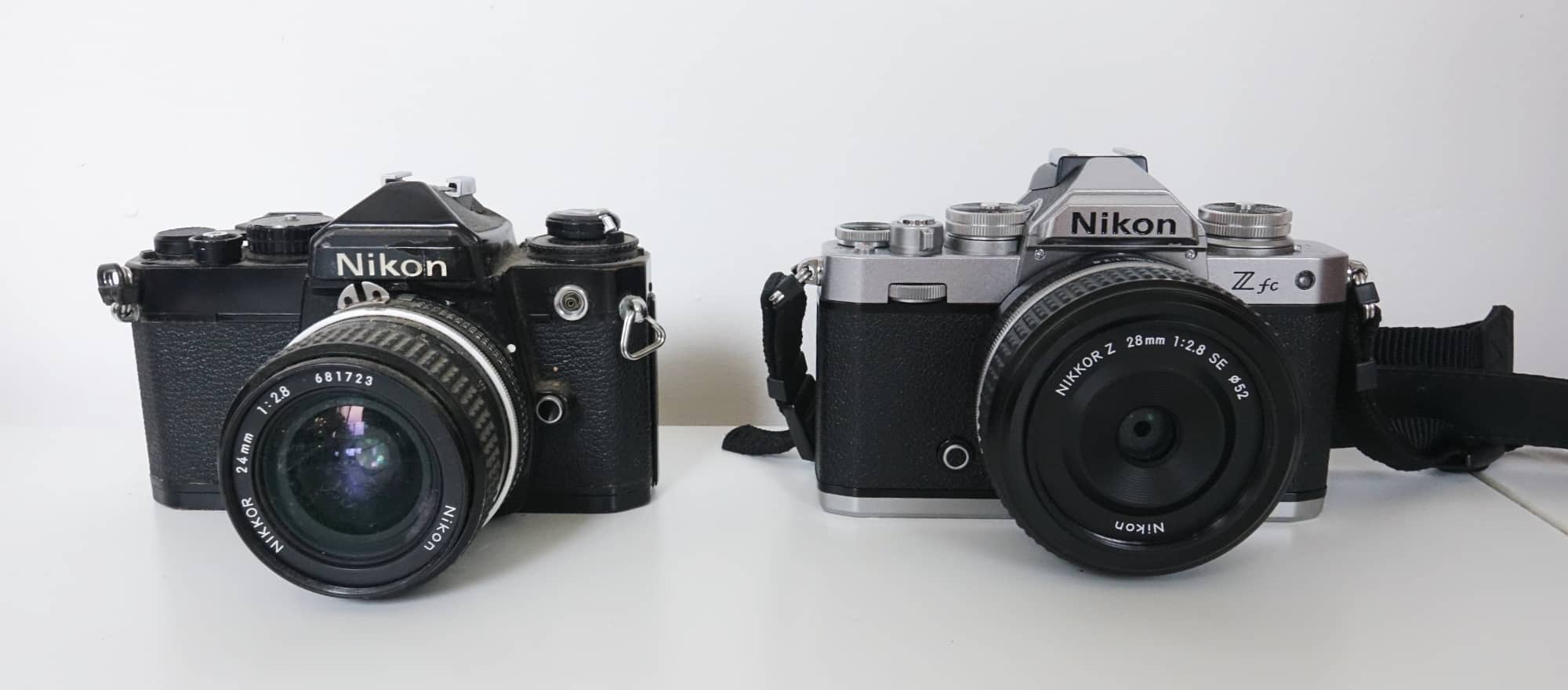Quick review
The good
The not-so-good
Cameras can be very modern, but the Nikon Z Fc is a taste of yesteryear, channeling the old school into a new age design. And it is such a fun camera, too.
If you’ve ever looked at today’s assortment of cameras and wondered “why can’t they look a little more old school”, you might be interested in the latest model from Nikon, a camera that not only seems to be inspired by the recent resurgence of a film movement, but finds a way to make that whole thing a little more accessible.
Film is wonderful and fun, but these days when less film is made and developed, it can also be a little inaccessible, at least comparatively to digital. It’s a real shame, too; this writer spent much of his time in darkrooms when he was younger, and with older cameras that lacked so many of the automatic niceties we have today.
Developing film is a lovely and enjoyable art, particularly in black and white, and handling those old school cameras is itself a time, as well, but most cameras in the modern age have evolved the look, feel, and controls of the camera considerably. And those that haven’t can typically be so expensive, they’re out of reach of most people, creating quite a niche.
However it’s an area Olympus used to dabble in, and something Nikon has been playing in, as well. Both are originals in the world of cameras, having made cameras well before digital became a thing, and in Nikon’s latest mirrorless, the Nikon Z Fc, that’s exactly what the 104 year old company is turning to. Specifically, it’s looking to the old to make something new.
In the Nikon Z Fc, Nikon is looking back at its well-established history to inform how a mirrorless digital camera could look and work, and it’s a vibe that we are clearly gelling with.
Design and features
With a design that harks back to a classic Nikon film cameras, there’s a clear retro vibe that’s impossible to mistake. For old school photographers, the look is really obvious, but even if you’ve never grasped that classic camera, the design is unmistakeable: the Z Fc is meant to wrap everything that worked about old cameras into a new body.
Gone is the minimalistic approach to designs that throws all the bits and pieces solely under the purview of a touchscreen or jog wheel controller at the back, though it does offer some of that as well. Rather, the controls are like the design taken from a page of yesteryear, and will be immediately familiar to those who used to use old cameras and folks who love photography and ease of use.
From the top, you can see nearly everything a photographer would need, with the manual mode selector (plus automatic) under the ISO control wheel, while the right offers shutter speed, exposure variance, and a switch between stills and video mode, as well.
There’s even a tiny screen up top to tell you the aperture (F-stop), with that controlled by one of the wheels found on the body, one of which is by your forefinger on a standard camera hold, while the back is by your thumb.
There’s also a 3 inch touchscreen on the back with a vari-angle design, allowing you to flip it out and aim it at yourself, or set it at an angle and use it in much the same way as a top-down viewfinder. It’s clearly not your standard film camera copy, because that touchscreen on the back is designed to let you capture at nearly any angle, but there’s also a 1 inch OLED viewfinder on the back in case you want to thrust your eye to the back like you would with a real camera, too.
You’ll also find a control wheel and a bunch of other buttons, most of which are within reach of your thumb, providing the controls of a digital camera inside of one that appeals to old school photographers.
In short, it’s a classic camera control scheme that screams “easy” for anyone who grew up with classic cameras, which is what the Nikon Z Fc aims to be.
In-use and ergonomics
And frankly, it feels great in the hand. Slim and relatively light at 445 grams, it’s made from a magnesium alloy frame with a plastic leather-textured front, and fits beautifully in the hand.
The ergonomics and control scheme on the Nikon Z Fc is solid, but not perfect, possibly because you might be used to one or two buttons giving you access to everything from the thumb or finger.
That’s not to say the controls on the Z Fc is bad, though; this is a recreation of a classic camera, so you’ll get used to positioning your hands for the actions you need. Rather than hold a button and change a dial for ISO, you’ll control the specific ISO dial up top on the left, and the same is true for shutter speed, which is a manual mechanical control up top on the right, as well.
If you’re someone who loves cameras and has grown up with classic models, you’ll feel right at home with the Nikon Z Fc. It’s basically a digitally reincarnated classic.
And if you’re not, there’s also an automatic mode under the ISO controller that you can switch to, and it’ll let you use the Z Fc without worrying about the controls up top. You can make your way to them gradually. We’d recommend starting with Aperture priority (A) to get your head across how apertures work, before jumping into Shutterspeed priority (S), and then tying it all together in Manual (M).
Image performance
Inside this remade classic, there’s a 20.9 megapixel APS-C sensor, a bit of a change from what we’ve typically seen in the Nikon Z range, which supports both.
While Canon’s EOS R models are mirrorless cameras focused entirely on full-frame sensors, Nikon’s mirrorless Z cameras jump around a bit, and the Z Fc fits in with that rhetoric. This is a smaller sensor, because like some of the DSLR models with a DX sensor, the Nikon Z Fc focuses on the centre rectangle of a full-frame camera sensor, different from the Nikon Z7 which is full frame.
It means the lenses used with the Z Fc will pretty much focus on the best part of the lens — the centre — while leaving out the edges. That can be good for beginner photographers, but mightn’t be preferred by pros, and means specialist lenses mightn’t get the same sort of short as the standard full-frame sensor.
That being said, there wasn’t a huge amount of lens choice when we reviewed the Nikon Z Fc, and while there’s a short kit lens of 16-50 F3.5-5.6, Nikon let us review the Z Fc with a 28mm F2.8, a wide fixed lens with a lower aperture range, handy for walk around shots and candid portraiture. It’s a lens that looks like it belongs with the retrolicious camera, thanks to a picture of black and silver accenting, and some textures reminiscent of the old Nikon lenses.
It’s not just the look that makes the 28mm lens show off, but also the lens quality, which is strong alongside the Z Fc 20 megapixel sensor. While not a massive amount of megapixels, the camera shines throughout much of the sensitivity range, though obviously brings in the pixels and faux-grain when you start ramping it up.
We expect most people will spend their time in ISOs 100 to 6400, and images shot here tend to shine. Whether in colour or black and white, you can find crisp imagery with solid colour recreation.
Move the needle a little into the weeds of low light requirements, and you’ll see the images struggle a little. Above 51200, the ISO limits of Hi1 and Hi2 are more a “there if you need it” sort of setting, but it’s one that looks better in monochrome overall.
Speaking of monochrome, that’s one of the more arty modes of the camera, and while colour performance is strong here, one of the features we’re particularly enamoured with in the Z Fc is just how creative the creative controls are.
As it is, you’re offered profiles for standard, neural, vivid, portrait, landscape, flat, plus some more film inspired takes such as “somber”, “pop”, “bleached”, “denim”, and “toy”, and there’s monochrome, as well.
Which ever you choose, there are controls to manage the looks, tweaking them as you see fit, including a quick sharpening controller or a way to manage it three ways, contrast controls, brightness, whether the monochrome mode emulates a specific coloured filter (such as orange, yellow, green, or red), and toning to emulate sepia, cyanotype, and other colours, or none at all.
It meant we were able to tweak the Nikon Z Fc to capture in both RAW and JPEG similar to how we might capture film on its old school equivalent back in the day. We’d typically capture in black and white, and so set up the camera with the settings to let us get close to the Kodak and Agfa stocks we were used to.
Video performance
Those looks can also be handed off to video, with 4K video capture on offer from the 20 megapixel sensor of the Nikon Z Fc, and there’s also support for a webcam mode, too, making it handy for working from home. You know the drill, two years into the work-from-home pandemic, meaning you can use the camera for more than just video capture.
Battery
You’ll find a small but capable battery in the Nikon Z Fc, with a good 300 shots expected from the camera before needing a recharge, though Nikon has made some improvements here.
At around 90 shots in, we didn’t find we were eating too much into the life of the camera, even if we were using WiFi to send images back. That’s a solid result, and suggests the 300 shots is possible, though there’s another reason to applaud the camera: support for USB Type C.
On the side of the camera, you’ll find the current USB standard, meaning you don’t need an external charger for the Nikon Z Fc, and can just plug the camera right into the same port that changes phones, tablets, and laptops these days. Type C is so ubiquitous, we’re delighted to see it in a camera. Plug it in before you go to sleep and it should be good to go in the morning.
Value
Pricing seems solid, too, with the Nikon Z Fc fetching a recommended retail price of $1449 body only in Australia, adding another $200 if you want a lens, with the 16-50mm arriving with the camera for $1649, and the 28mm with camera is closer to $1899 in Australia.
Look around, though, and you’ll find the Nikon Z Fc available for less, with the body only going for around $1300, the camera with the 16-50 for $1450, and the camera with the 28mm for closer to $1620.
Either way, the value isn’t bad, offering a capable camera that’s solid fun for around the $1500 mark, a price point we approve of.
What needs work?
Even though we like the price and what’s offered, we can’t help but think some things need improvement, or even to be there.
For instance, there’s no flash. Granted, that’s not entirely out of kilter with the older film cameras, but you might expect one here, and you’ll be mistaken. The ISO range is decent, with a fairly granular 51,200 max before being extended into a super grainy 204,800 if you need it. But we’d still love the idea of a flash being included.
In the old cameras, it wouldn’t be there because of the pentaprism, which makes sense. But there’s no pentaprism in the Z Fc, just the look of one. Both the OLED viewfinder and touchscreen are electronic, and so don’t need the pentaprism, yet Nikon has included it for the look. That could have been a flash.
There’s also no in-body image stabilisation, a feature that would have been nice and could also have been thrown into that space where the pentaprism would go. That’s how Olympus used to do it.
Our other quibble comes down to the wireless settings, which seem to be hit and miss.
You get two ways of sending back images from the Z Fc back to your phone or tablet, with WiFi and Bluetooth, though we found only one works reliably. WiFi was easy to setup, but more of a pain to use, requiring you to connect your phone to the camera every time you wanted to send photos back. Once you connect, using the Nikon SnapBridge app is a cinch, and files can be moved, but it also disconnects from the camera a little too easily.
Bluetooth would have been the preferable option, as it can sync images with your phone in real time, but it never worked. It. Never. Worked. Your mileage may vary, but every time we tried setting up the Nikon Z Fc to work on Bluetooth, it always failed, making the connectivity one of the weaker points of the camera, and something Nikon clearly needs to improve.
What do we love about the Nikon Z Fc?
Yet we still loved aspects of this camera. So. Much.
Reviewing the Nikon Z Fc after spending time with the Leica Q2 last year has given us a rather interesting perspective on this clearly retrolicious camera, because both are clearly designed for photographers, yet photographers at different price points.
We loved the Leica Q2 Monochrom last year, but at a little over $9K, it’s not going to be for everyone. You pay for quality in that camera, with a remarkable body, sensor, and lens standing out, but you also have to pay just shy of $10K for that camera. And the latest Leica, the M11, is $13K without a lens. Yikes.
Nikon’s Z Fc is a little different, but follows a similar approach.
Here is a retro camera modelled off something old and classic, supporting monochrome looks, and yet costs $1449 body only, but if you look around, the street price is closer to $1400 with a lens included.
Given the staggering difference between them, we love that the Nikon Z Fc feels a little like a poor man’s Leica in that it gets you close to having such a classic digital camera, but doesn’t feel like you need to pay it too much to have that sort of fun.
Even though the ergonomics and design won’t match every photographer, what we loved about this inexpensive style of retro camera was just how much appeal it brought to digital cameras.
Don’t get us wrong, we love a lot of cameras, and find ourselves having fun with so many of the models that come through, but there’s something genuinely fun about having direct access to the shutter speed, sensitivity, and exposure. There’s something so damned fun about using a camera the way you used to be able to use cameras.
That’s what you get in the Nikon Z Fc: the feeling that something old has become new again, that something old is useful again. It’s tremendously cool, and feels great in today’s overly slick and modern world.

Final thoughts (TLDR)
While a flash and a bigger sensor would have been welcome, the Nikon Z Fc has something going for it not every camera achieves: it’s fun.
The Nikon Z Fc is so much fun to use, and a genuine delight of a camera. If you have ever used a classic camera and longed for the simplicity of just being able to look down and see what your settings are, changing them at a moment’s notice, this camera revives all of that.
It is a genuinely digitally reincarnated classic, as if models like the Nikon FE and Nikon FE2 were brought back to life in a way that matched the convenient way we work today.
No film, just capture, with the controls you need up top, plus a screen at the back and no need to buy and develop film. It’s easy for the pros to use, and even includes an automatic mode for folks who aren’t quite as confident.
And yes, it’s fun. Cameras aren’t always deserving of that word.
Like the Leica Q2 Monochrom, the Nikon Z Fc is fun because it gives so much control back to you without even trying, meaning you can experiment and learn and play without feeling like you’ll need to read a manual to find where things are. They’re all there on the top of the camera waiting for you, just like they used to be.
